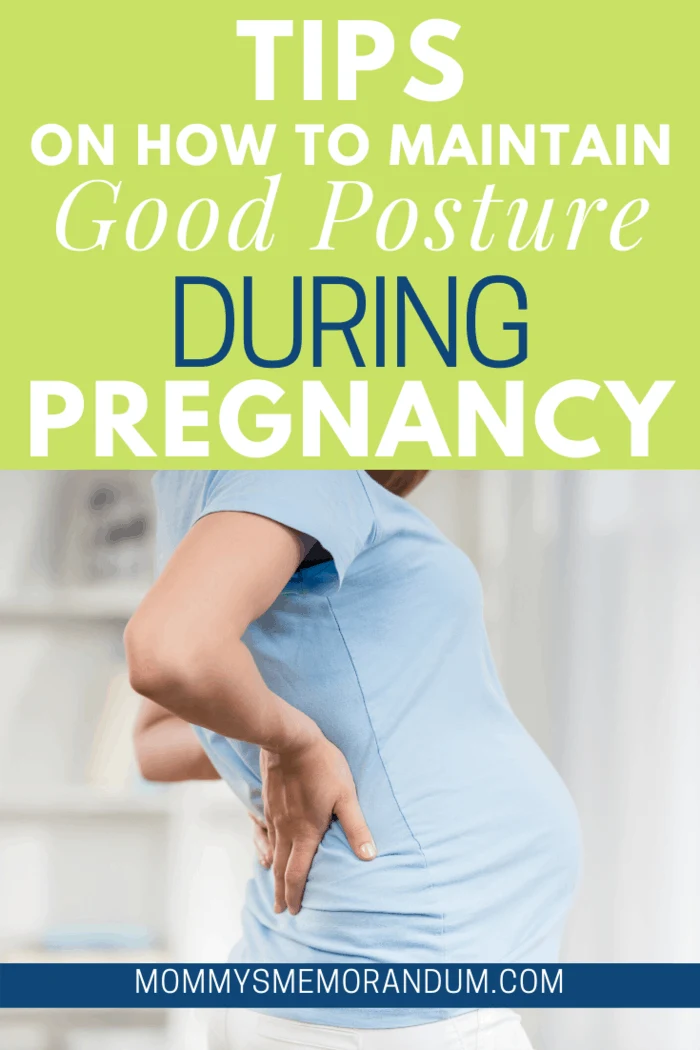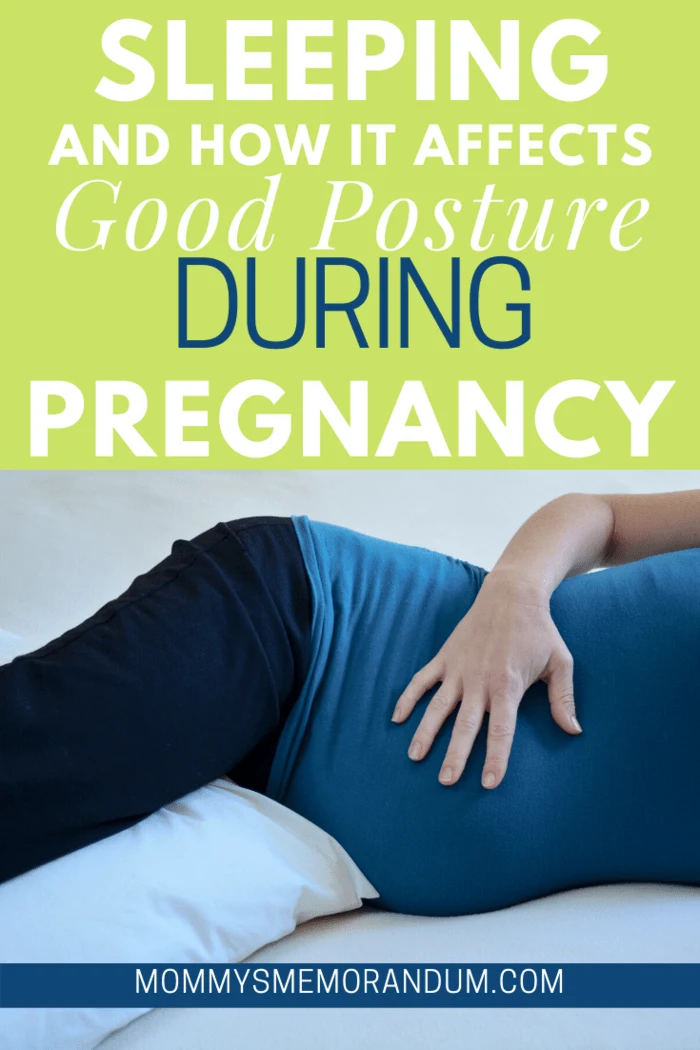Pregnancy struggles can be overwhelming, primarily due to the extra wait on your spine. This can lead to discomfort, pain, and strain when going about your normal duties at home or work. You need to maintain good posture during pregnancy for the safety of your unborn child and your health.
Postural defects usually cause numerous problems, such as:
-Pressure to the rib cage
-Indigestion
-Restricted deep breathing
Therefore, you must learn to align your upper body over the pelvis.
The points below will help you learn how to maintain good posture throughout your pregnancy.

Tips on How to Maintain Good Posture During Pregnancy
Don’t Stand for Too Long
Standing straight can be a struggle for a pregnant mom, but it’s the only way to enhance the healthy development of the fetus.
You must avoid tilting your head too often when standing.
You need to hold your neck and head straight.
Avoid locking your knees, and always try to keep them straight.
An excellent way to practice standing upright is by standing against a wall.
Avoid standing for too long because it can have an adverse effect on blood circulation in your body.
This can cause swelling on your feet and ankles.
If your work requires you to stand for long, try to rest one foot on a stool and switch to the other foot after some time.
Standing for too long is proven to cause the delivery of small or underweight babies (See article on Science Direct).

Sit Straight
You should avoid curving your back when sitting down.
Look for a straight-backed chair and place a pillow behind your lower back.
The pillow offers excellent support and helps you sit straight.
This helps relieve your back from the excessive pressure from the extra weight you are carrying.
Another important point is to avoid crossing your legs when sitting. (See Women’s Health Mag)
Crossing legs promotes the development of varicose veins and poor blood circulation.
Tighten Your Abdomen and Maintain Good Pelvic Posture
Try to pull your abdomen in to keep it tight. You should avoid standing with a swayed back and protruding stomach.
Make sure you don’t tilt your pelvis backward or forward.
Pulling in your buttocks improves your pelvic posture by shifting the weight to regain the center of gravity displaced by the extra pregnancy weight.
Avoid stretching the pelvic area too much when bathing, scratching your back, or reaching other parts of the body.
You can use a back scratcher to avoid too much stretching.
Sleep Right to Maintain Proper Blood Circulation
Although sleeping straight on your back might seem like a more accessible and more comfortable position, it doesn’t provide the right blood circulation.
You should sleep on the left side to ensure there’s enough blood circulation to your placenta.
Never sleep on your stomach, especially after the 4th month of pregnancy. (Read this article on Baby Center to learn more)
It can strain your uterus, which can affect the fetus’s health.
You also need to bend your knees slightly to avoid stressing your uterus.

The Right Driving Posture
While driving, your posture matters a lot.
You must ensure your knees are at the same level as your hips; they should never be raised beyond the level of your hips.
Your belly should also be placed at least 10 inches away from the steering wheel.
For extra comfort, use a pillow to support your back.
The safety belt should never be placed above the abdomen.
Let the shoulder belt rest between your breasts and the lap belt below your abdomen.

Bottom Line
Correct body positioning is crucial during pregnancy because it affects the health of the baby and the mother.
Always ensure there is proper blood circulation along the pelvic area.
You should also avoid strenuous activities like standing for too long.

